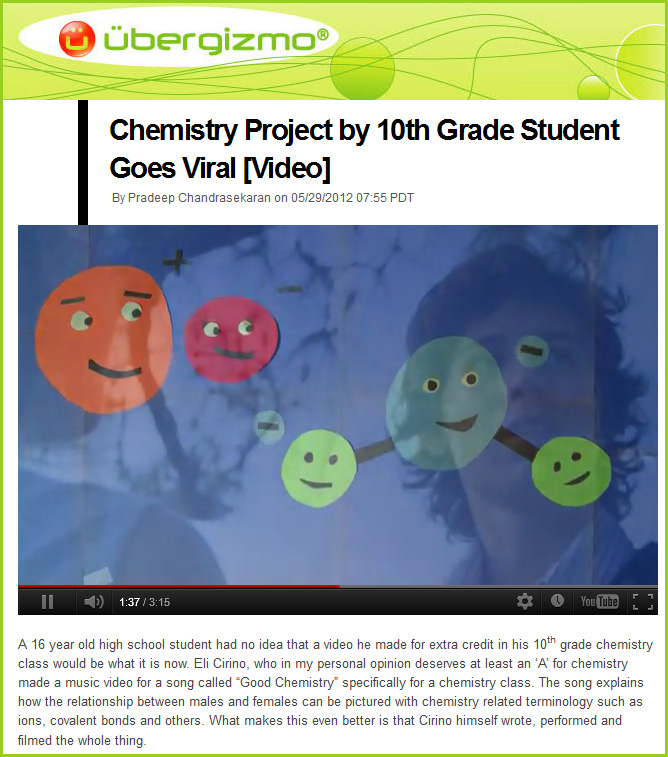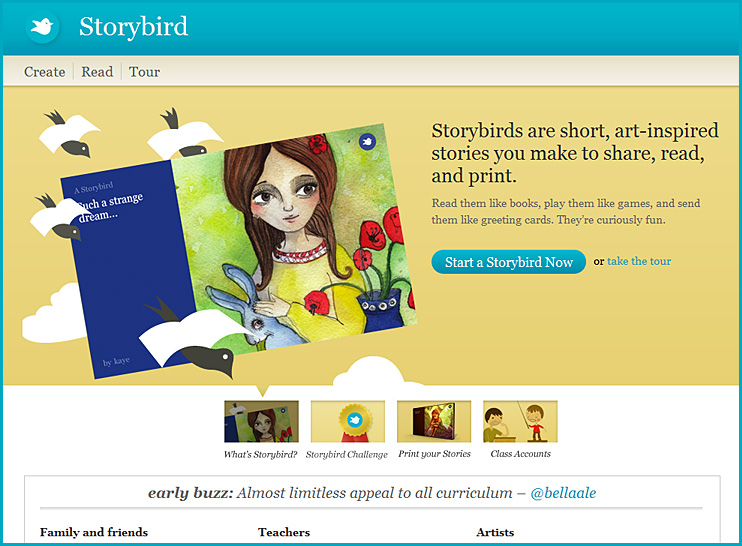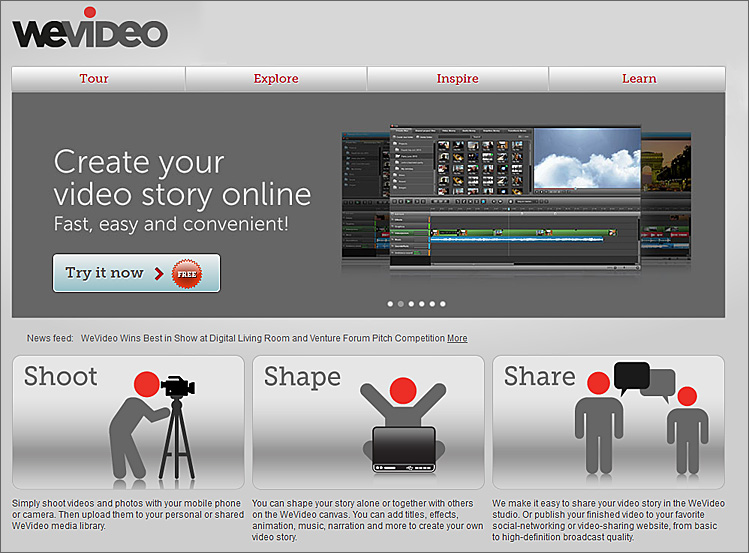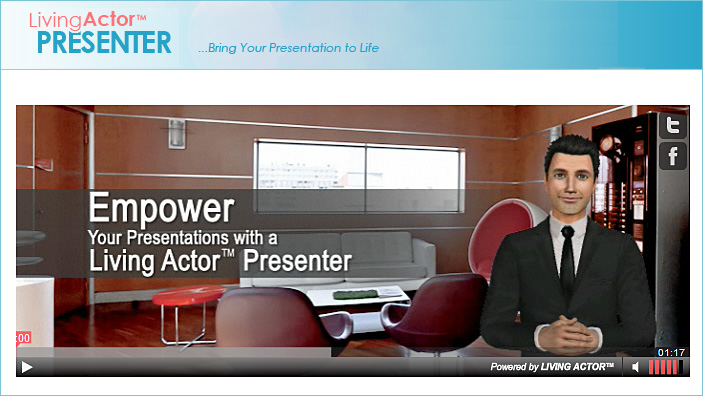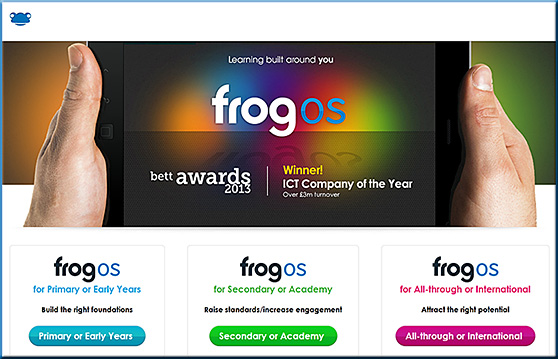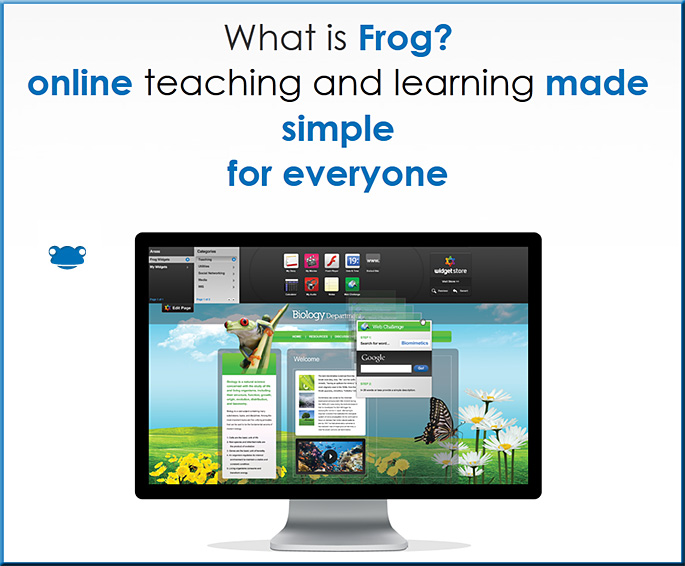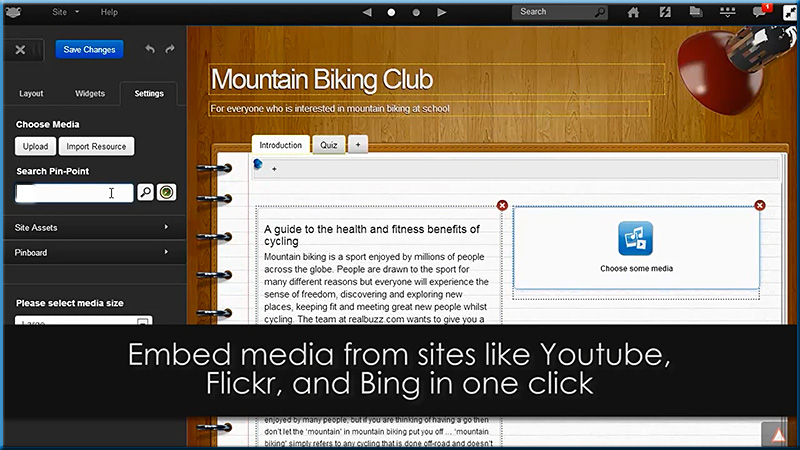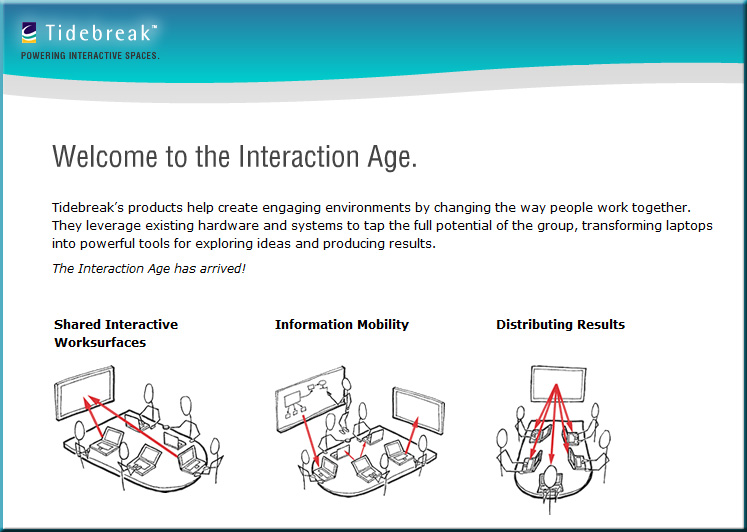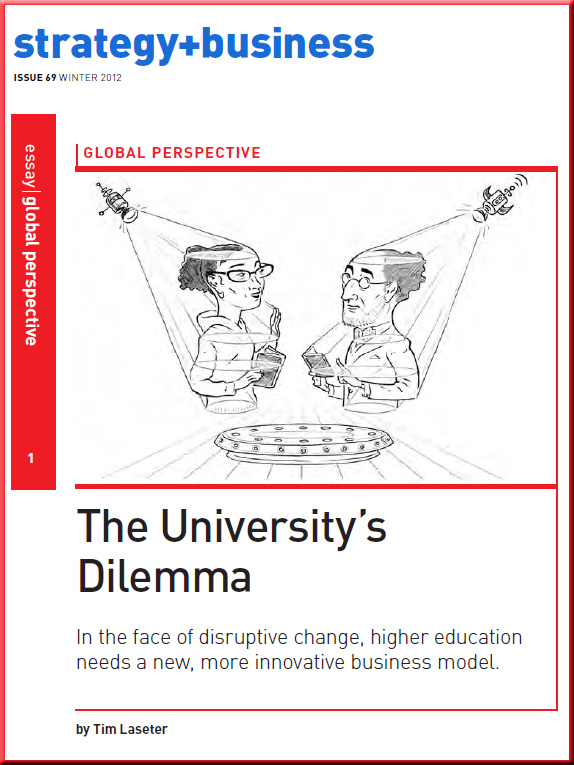As my contribution to #etMOOC, I wanted to pull together some resources re: digital storytelling:
Digital Storytelling – from app-list.posterous.com and HCS Mobile, which showcases students learning with mobile devices in Horry County Schools
Excerpt:
Digital Storytelling combines images, narration, and other audio to tell a story. Every content area has a story and each student is capable of telling it. The NETS Standards have students creating, collaborating, and producing their own unique content – digital storytelling is a great way to meet this expectations while still advancing your academic curriculum.
Storytelling in eLearning: The why and how — from eLearn Magazine by Shelley A. Gable
Rhianna Pratchett at TEDx Transmedia 2012 – ‘The Future of the Videogames Writer’
How to make RSA Animate style videos with your class… — from blogush.edublogs.org
30 compelling examples of visual storytelling on the web – from dtelepathy.com by Jessica Moon
Excerpt:
Storytelling is a powerful approach that can, when done right, compel users to convert more effectively than what any amount of optimization, crazy visual callouts, or awesome interactive elements can do otherwise. Much like how we expect to see a moral at the end of a book, we expect to find a purpose at the end of a site with a storytelling experience. When the path to the “moral of the story” (or conversion point, to be more specific) is laid out clearly in front of our users’ eyes, the rest of the work lies simply in convincing them that the purpose is really worth grabbing on to… which is great since with storytelling, a user is normally in the mindset of learning more about what the story has to offer. So take a look at the examples below and experience how their visual storytelling compels you to continue scrolling down their pages!
The Wider Image from Reuters — with thanks going out to Mr. Steven Chevalia for this find/resource
Metaio unveils programming language for building augmented guide apps [VIDEO] — from tnooz.com by Sean O’Neill
Chemistry Project by 10th Grade Student Goes Viral [Video] — from ubergizmo.comby Pradeep Chandrasekaran
.
“Hollywood will be destroyed and no one will notice,” Wales said. But it won’t be Wikipedia (or Encarta) that kills the moviemaking industry: ” Collaborative storytelling and filmmaking will do to Hollywood what Wikipedia did to Encyclopedia Britannica,” he said.
– quote from Jimmy Wales to Hollywood: You’re Doomed (And Not Because of Piracy) at wired.com by Ryan Singel
Marco Tempest: A magical tale (with augmented reality) – TED Talks
Marco Tempest spins a beautiful story of what magic is, how it entertains us and how it highlights our humanity — all while working extraordinary illusions with his hands and an augmented reality machine. A magician and illusionist for the 21st century, Marco Tempest blends cutting-edge technology with the flair and showmanship of Houdini.
Web-based digital storytelling tools and online interactive resources — from Danny Maas at maasd.edublogs.org
- Condensed, 2-Page Handout (950Kb)
- PDF handout version of the blog post (2.3 MB)
Future of Storytelling Expert Series: CloudKid’s Founder on Interactive Storytelling for Children — from Latitude Research° by Kim Gaskins
Excerpt:
Recently, Latitude (in collaboration with Itizen) launched an innovation study on The Future of Storytelling. Why? So we can uncover the questions, challenges, and aspirations of tomorrow’s storytellers and identify how they can better align with audience’s changing expectations. Every week for the next several weeks, Latitude will share its conversation with a different influential individual. We’ll follow the series with a summary of best practices and insights for content creators and businesses from Latitude’s SVP, Neela Sakaria.
Living Actor™ Presenter is a new Web platform developed by Cantoche, an international company well known for its unique expertise in 3D avatar technological innovations.
.
Film making for kids: Three great resources — from Literacy, families and learning blog by Trevor Cairney
Digital storytelling with iMovie — from acu.edu by Kyle Dickson

Digital storytelling with Camtasia — from acu.edu by Kyle Dickson
![]()
Booktrack: Another example illustrating how books are morphing into multimedia-based apps
The next chapter: storytelling embarks on an interactive adventure — from wired.co.uk David Cornish










